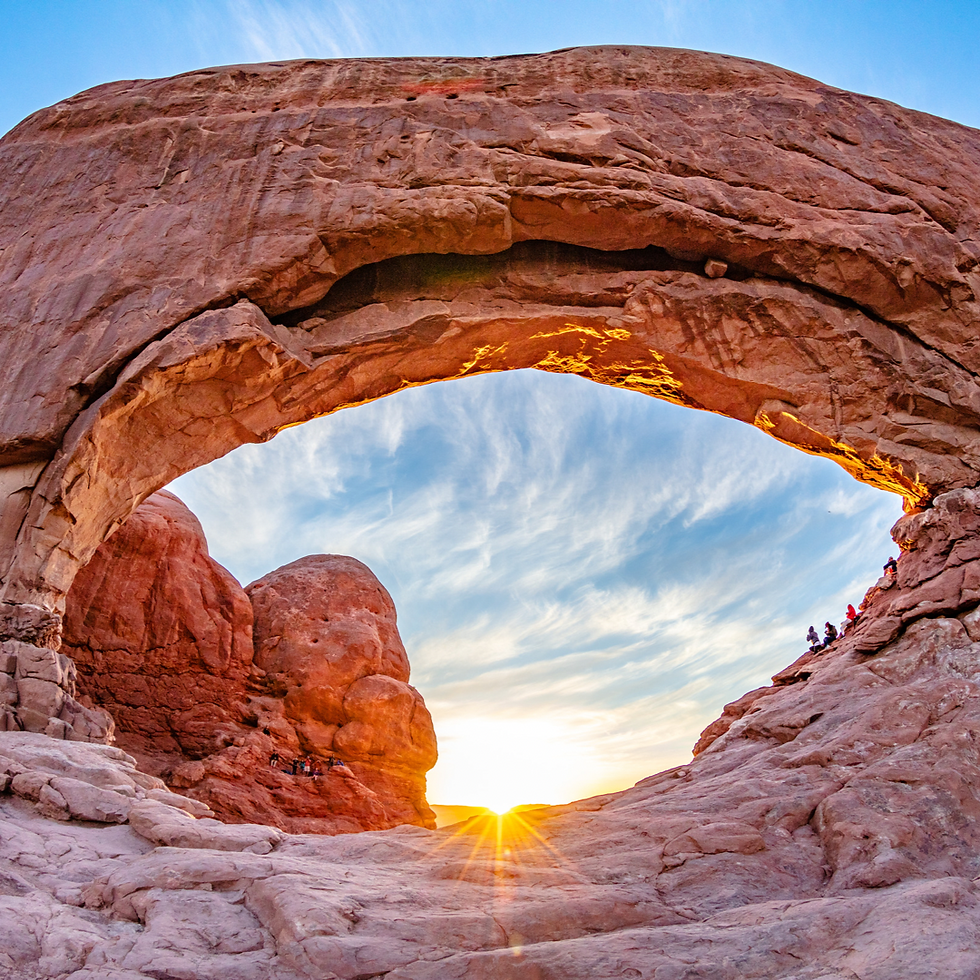Planning a National Park Visit
- michaelabaird45
- Mar 31, 2022
- 3 min read

When you are planning a visit to a National Park there is a lot of information to consider and keep track of. In addition to the normal things of where to stay, when to go, and what to do there are other factors to consider that are unique to visiting a national park. Failing to understand some of these unique challenges can significantly affect your visit to the park or even prevent you from visiting the park all together.
The first challenge is information itself. The National Parks Service website is massive. There is a general NPS website and then each park, monument, and memorial had its own page. While there basic frame work for standard information, each location within the NPS system is responsible for curating and maintaining the information on their page so the quality of that information varies from park to park. Additionally, each park will publish and maintain information helpful for that park and if you expect to find similar information on another parks page you may be disappointed and/or frustrated by its absence.
Next, weather plays a much bigger role in impacting the quality of your time at a national park than on other vacations. With few exceptions, the majority of national park visits are out doors. Many parks have very remote areas that are only accessible with 4 x 4 vehicle or by foot and can often become impassible and even dangerous with incliment weather.
Just as bad weather can negatively impact your trip, so too can good weather. All parks have a “peak season” where the weather is the best for enjoying what it has to offer. This means crowds will be much bigger than at other times of year. While peak season visitor surges are not unique to national parks, timing your visit wrong during peak times can prevent you from entering the park all together because it had reached capacity and rangers have to turn visitors away at the gate.
Permits are another thing that is unique to consider when thinking about visiting a national park. Sometimes you will need a permit to visit a certain area in a park. Other parks require a permit for remote or dangerous activities. Other parks require just to enter the park. Every permit has different application requirements and some even require entering a lottery to get the permit due to limited availability and high demand.
The last thing we are going to talk about i. This post is wild life. National Parks are beacons of conservation and this extends to indigenous wild life within the park. Because of this, we are guests in the natural habitat of the wild life of the park. It is important to know about the wild life living in the park you plan on visiting and what to do if you encounter that wild life.
The amount of information you need to gather when planning a national parks visit is voluminous and can be overwhelming. When researching a trip to a national park it is easy to to fall down an information rabbit hole and lose site of where your started and where you wanted to go in your research. Information can be fragmented at best and knowing where to find it can be enough to make anyone blurry eyed for life. Fortunately we can help! Click the link to schedule your free consultation to see how Grandeur Travel Planning can sift through all the information and make your next national park visit epic.







Comments